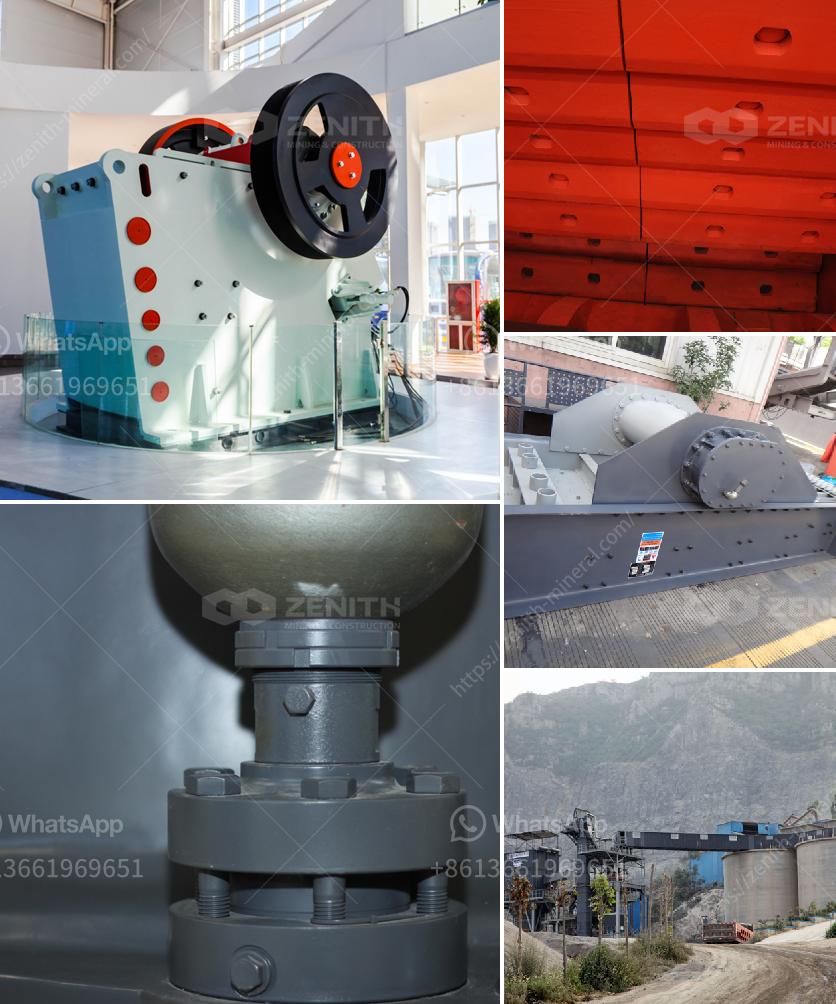Building an ore processing plant involves a series of steps and meticulous planning. Here’s a high-level overview of the process:
-
Project Feasibility Study:
- Geological Survey: Begin with detailed geological surveys to understand the type and quantity of ore deposits.
- Market Analysis: Conduct market research to determine the demand for the processed ore.
- Environmental Impact Assessment: Assess the environmental impact of the plant and ensure compliance with local regulations.
-
Site Selection:
- Choose a location close to the ore deposits to minimize transportation costs.
- Consider accessibility to necessary utilities like water, electricity, and transportation networks (roads, railways).
-
Design and Planning:
- Process Design: Outline the processing techniques (crushing, grinding, flotation, etc.) suited for the specific type of ore.
- Plant Layout: Design the layout of the plant to optimize the workflow and ensure safety.
- Engineering Design: Detailed engineering for structures, plant equipment, and supportive facilities (laboratories, maintenance, offices).
-
Permitting and Legal Requirements:
- Obtain necessary permits and licenses according to local laws.
- Engage with stakeholders, including local communities and government authorities.
-
Procurement of Equipment:
- Source and procure essential processing equipment (crushers, mills, conveyors, separators, etc.).
- Consider the reliability, efficiency, and ease of maintenance of the equipment.
-
Construction:
- Site Preparation: Clear and prepare the site for construction.
- Civil Works: Build the foundations, structural steel, and facilities.
- Installation of Equipment: Install and test the processing equipment.
-
Recruitment and Training:
- Hire skilled personnel for plant operation and management.
- Provide training on equipment handling, safety procedures, and process optimization.
-
Commissioning:
- Conduct trial runs to ensure all systems function correctly.
- Calibrate machinery and optimize the processing workflow.
-
Operation and Maintenance:
- Regularly monitor the plant's performance and make necessary adjustments.
- Implement a maintenance schedule to ensure the longevity of the equipment and plant infrastructure.
-
Environmental and Safety Management:
- Utilize best practices for waste management, pollution control, and resource usage.
- Create and maintain safety protocols to protect workers and the environment.
Each of these steps involves detailed planning and coordination across various domains including engineering, environmental science, logistics, and management. Consulting with experts and experienced professionals in this field is highly advisable to ensure project success.

